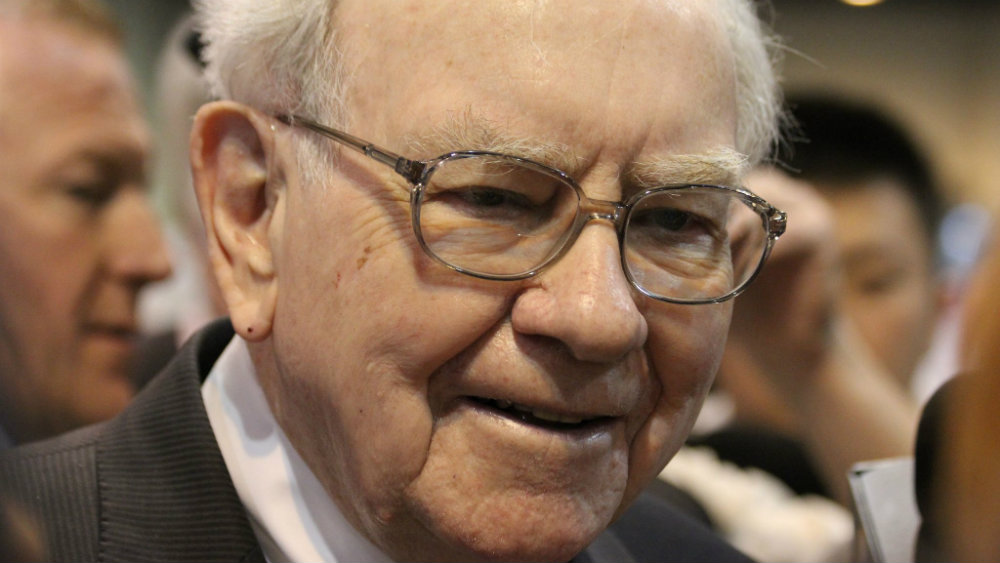Warren Buffett is a superbly successful investor. Through 1964-2020, for more than half a century, his company Berkshire Hathaway (NYSE:BRK.A)(NYSE:BRK.B), generated an annualized rate of return of 20%. This nearly doubled the S&P 500 returns of 10.2% in the period. The difference in the actual returns is astounding when accounting for the decades of compounding. In the period, Berkshire’s returns were 2,810,526% versus S&P 500’s 23,454% — a difference of 2,787,072%! Any extra percentage of return makes a huge difference the longer your money stays invested for.
Cash earns tiny returns because of low interest rates, but Warren Buffett still keeps multi-billions of cash and cash equivalents in his portfolio. Should you also keep tonnes of cash in your portfolio?
Let’s investigate Warren Buffett’s portfolio diversification
In the last quarter that ended September 30, 2021, Warren Buffett reported having US$65.2 billion in cash and cash equivalents, US$79.2 billion in short-term investments in U.S. Treasury Bills, US$18.1 billion of investments in fixed-maturity securities, US$310.7 billion of investments in equity securities, US$16.7 billion in equity method investments, and US$20.4 billion in loans and finance receivables. Altogether, the six assets equated to US$510.3 billion, which makes up the core of Warren Buffett’s portfolio.
To elaborate, the cash and cash equivalents portion included nearly US$38 billion of U.S. Treasury Bills with maturities of three months or less. So, cash and cash equivalents made up just under 13% of the investment portfolio.
Short-term investments in U.S. Treasury Bills will mature within a year. If you count this as cash as well, then Warren Buffett’s portfolio is just over 28% in cash. It’s unclear when the US$18 billion of fixed-maturity securities will mature so, I didn’t count it as cash. The equity securities are common or preferred stocks that equated about 66% of the portfolio. He also has equity method investments, which are businesses that Berkshire has significant influence over with 20-50% of ownership. Berkshire is also known to lend money out for attractive interest income. At the end of Q3, there were roughly US$20 billion of these kinds of loans.
Berkshire has wholly owned, wonderful businesses in railroad, utility, and energy that also had cash and cash equivalents. These were not included in the above calculations.
How much cash should you keep in your portfolio?
Depending on how you look at it, Warren Buffett’s portfolio consists of about US$65-$144 billion in cash. It seems like a lot of money, but when translated into percentages, it’s only about 13-28% of the portfolio. This is still a relatively high level of cash compared to many investors’ portfolios. Buffett’s cash allows him to take advantage of attractive investment opportunities when he sees them. In the meantime, he’s patiently waiting for the right opportunities, whether they’d be equities, loans, or whole businesses.
If you already have cash coming into your portfolio periodically (like investment income or your paycheque), then you may not need to hold as much cash in your portfolio. After all, there’s an opportunity cost in holding cash. Cash simply don’t earn as much as investments like stocks. At the end of the day, investors should review their portfolios and the investment opportunities available to them. If you don’t find an attractive enough investment opportunity that matches your risk level and investment goals, it may make sense to hold a higher level of cash.



